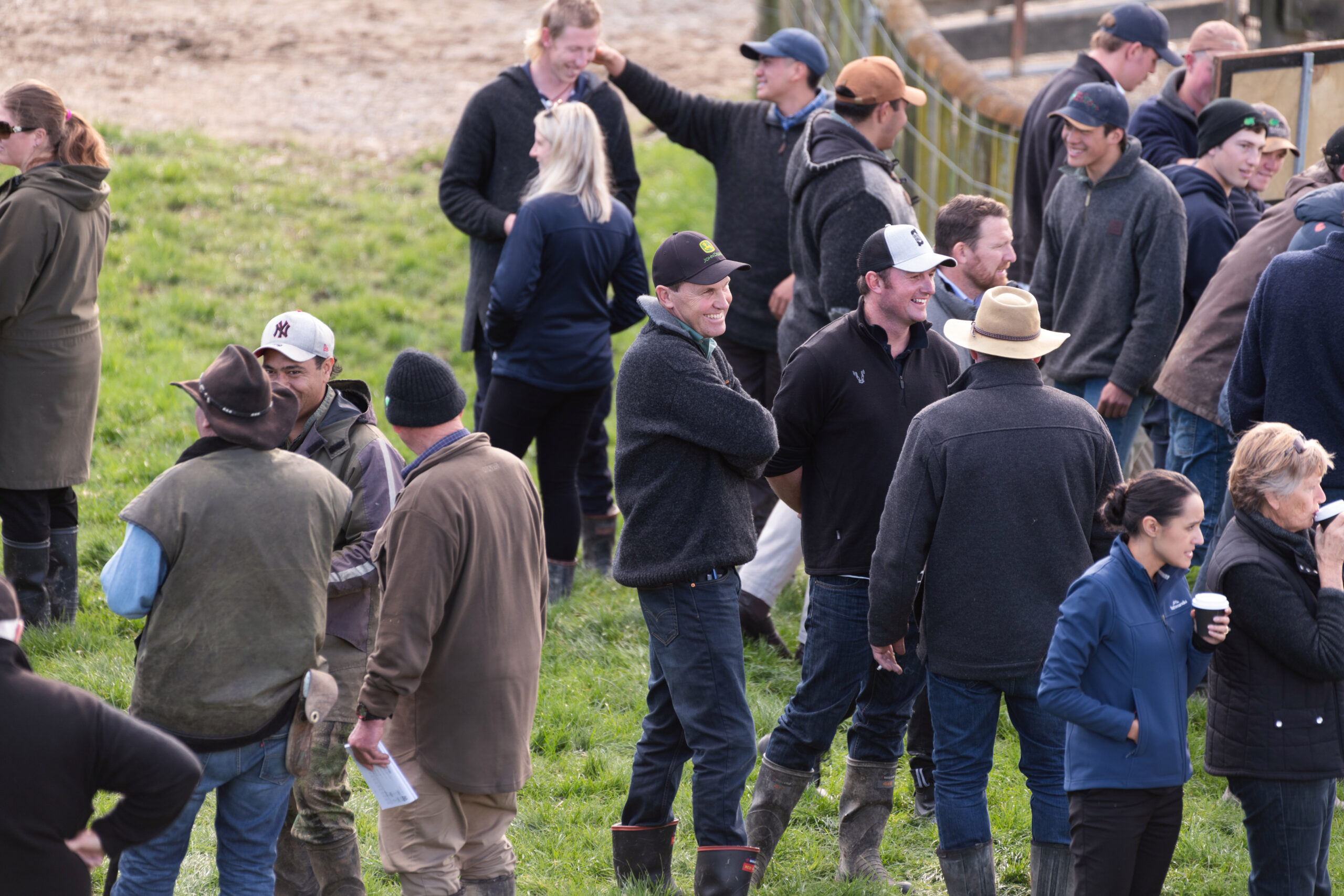Mature Cow Weight EBVs are an estimate of the genetic difference in cow weight at five years of age and are based on the weights recorded for cows at the same time as the 200 day weights are recorded for their calves.
Why should mature cow weight information be recorded?
The weight of mature cows in a commercial beef enterprise has a considerable influence on profitability. In particular, mature cow weight will have a major effect on:
- Cow Feed Requirements – in general, lighter cows will tend to eat less and consequently have lower feed requirements and be less expensive to maintain.
- Cull Cow Values – the major determinant in the value of cull cows in a commercial herd will be live weight. Consequently, heavier cows may provide higher returns from the sale of cull cows.
Achieving an appropriate balance between cow feed requirements and cull cow values is an important consideration for beef producers.
How do I record Mature Cow Weight?
Mature Cow Weight EBVs are calculated from the live weight performance of mature cows.
TACE will only analyse the weight of a mature cow if the cow has a calf with a valid 200 day weight recorded (i.e. calf aged between 80 – 330 days of age), and this 200 day weight was recorded within two weeks of when the mature weight of the cow was taken.
In practice, it is recommended that you collect the mature weight for a cow at the same time you are recording the 200 day weight of her calf.
What considerations should be made when recording Mature Cow Weight information?
- Mature cow weights should be recorded to the nearest kilogram.
- As with all weights, mature cow weight should be recorded using appropriate (and accurate) scales. Do not guess or estimate mature cow weights or use measuring tapes to calculate mature cow weight. Either weigh the cows using appropriate scales or don’t record mature cow weights.
- TACE can analyse up to four mature cow weights for each cow. Rather than trying to guess whether a cow has had four weights taken previously, it is recommended that you weigh all cows when taking 200 day weights on their calves. The TACE analysis will sort out for you which of the mature cow weights can be analysed.
- TACE will only analyse the mature cow weight performance of a cow if her first valid mature cow weight has been taken before she is six years of age (2200 days). If she is older than this, then none of her mature weights will be analysed.
- It is essential that correct management group information is recorded with mature cow weight performance.
Management groups work slightly differently for mature cow weights. If no management group information is defined for a set of mature cow weights, the TACE analysis will use the management groups submitted with the 200 day weights of their calves to sub-group the weights of the cows. Therefore, if you have correctly recorded the management group information with the 200 day weight performance for your calves, then you only need to assign a different management group to a cow that has experienced an effect on her weight that is different to that experienced by her calf. For example, if the cow was injured/sick or has been supplementary fed.
If both the mature cow weights and the 200 day weights for their calves are submitted without management group information, the TACE analysis will assume all cows and calves have been run under similar management conditions. - Optionally, cow condition score can also be submitted with mature cow weight information. While cow condition scores are not currently included in the TACE analysis, they may be used in the calculation of Mature Cow Weight EBVs in the future. Breeders wishing to record cow condition score should use the method outlined in the ‘Recording Cow Condition Score’ tip sheet, available here.
How do I submit Mature Cow Weight information?
A member has two options available for submitting pedigree and performance information:
- Emailing a data export from one of PBB’s – Livestock Management Software programmes.
- Completing pre-printed, Association approved forms by hand.
Please ensure all forms are completed as thoroughly as possible before returning them to the office. If you have any queries regarding the completion of forms, please contact Linda Rule at the office.


